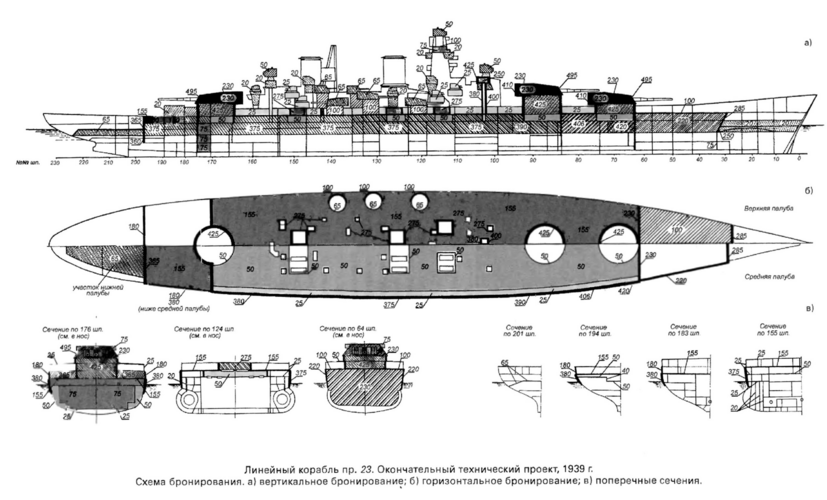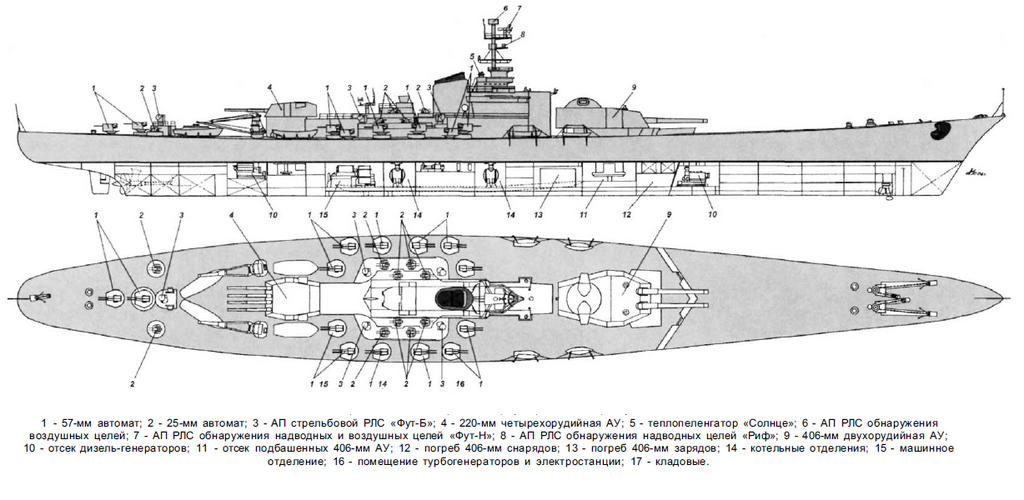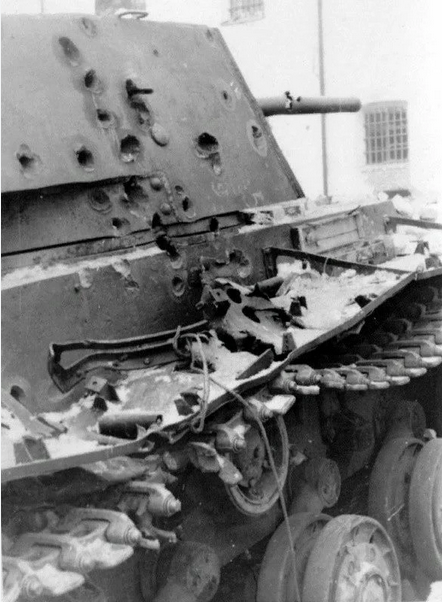Because its always better to fight with a lower rate of fire. Someone should have told musketeers they should have never traded their long barrel muskets for lever-action rifles. Range is everything... But actually it is not.
When you can have the next shots loaded before the first shots land (and see if you have any errors in your range, course, and speed estimates), there's no point in installing smaller caliber guns that can't shoot as far as your big guns.
Prinz Eugen severely damaged HMS Prince of Wales with 8" armament. No modern warship could weather a barrage of 8 inch shells. There is comparison from a single hit, true, but its all about concentration of effort. Secondary batteries did not remain idle in battle. The 5-inch batteries would also engage once within range.
Yes, so?
How would you arrange the secondaries for the 8" Montana? All on the sides? The 8"/55 Mk16 guns are too big and heavy for that. The Mk16 Triple Turrets weigh 450 tons each, 150 tons more than the manually loaded 8" guns.
Even the 8"/55 Mk71 MCLWG single barrel turret that they experimented with in the late 1970s weighed 86 tons, but that's only 1 ton heavier than the 5"/38 Mk28 Mod2 mounts as used on the Iowa class.
The whole point of adding a fourth turret to Montana was to up the overall firing rate. Otherwise battleships would have simply devolved into modern ironclads and shot wildly at each other in vain.
No, the point was to have a post-treaty battleship as soon as possible, because the London and Washington Naval Treaties had prohibited the development of battleship guns bigger than 16". So the Montanas were designed with 4x3 16"/50 Mk7 guns and were significantly longer and heavier than the Iowas as a result.
Without that clause in the treaties, the US probably would have equipped the Montanas with 3x3 18"/47 guns throwing 3850lb AP shells, max range of about 43,000 yards and capable of penetrating 6.25" deck armor at 25,000 yards or 16" belt at any range the shells could hit the belt. No "Immune Zone" at all for a ship armored with 16" belt and 6.25" deck armor!
Edit: the challenge is that the 18" triple turrets would likely weigh some 2425 tons, some 720 tons heavier than the Iowa turrets! So 3x3 18"/47s would weigh some 7275 tons, while 4x3 16"/50s would weigh about 6840 tons. Not counting armor, which I suspect would work out to about the same or lighter total system weight due to one less barbette and the armored citadel being a good 50ft shorter. I mean, it's only 435 tons heavier for the 3x3 18"s, and I'm pretty sure the barbette alone for a superfiring gun is more than that.
The reality is your big guns on the battleship melt away armor with a single square hit on target. Smaller shells require more hits but likewise will melt away the enemy's armor.
No, that's not how it works at all. You do NOT sandblast your way through armor like that. This is NOT battletech!



